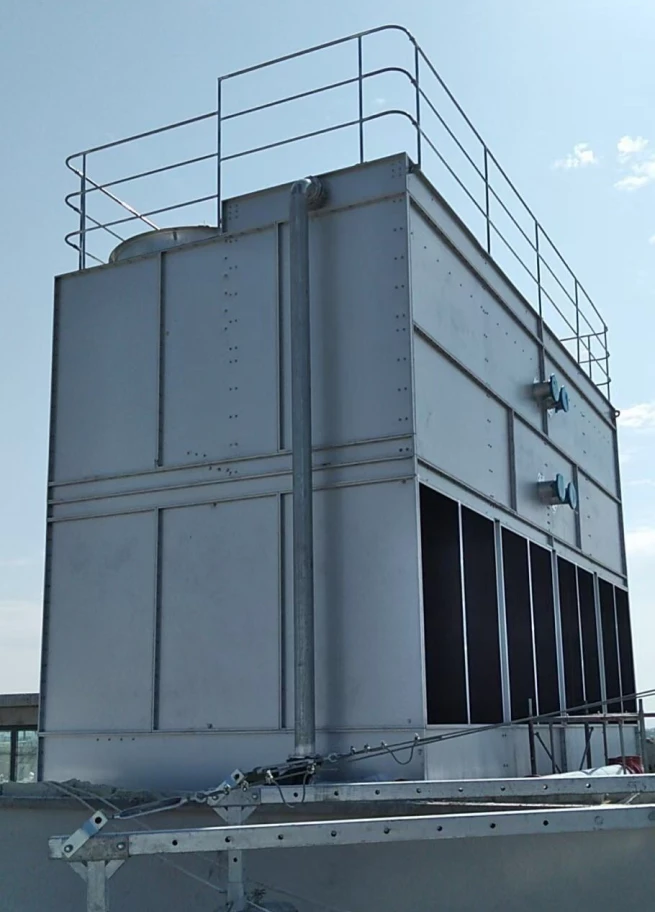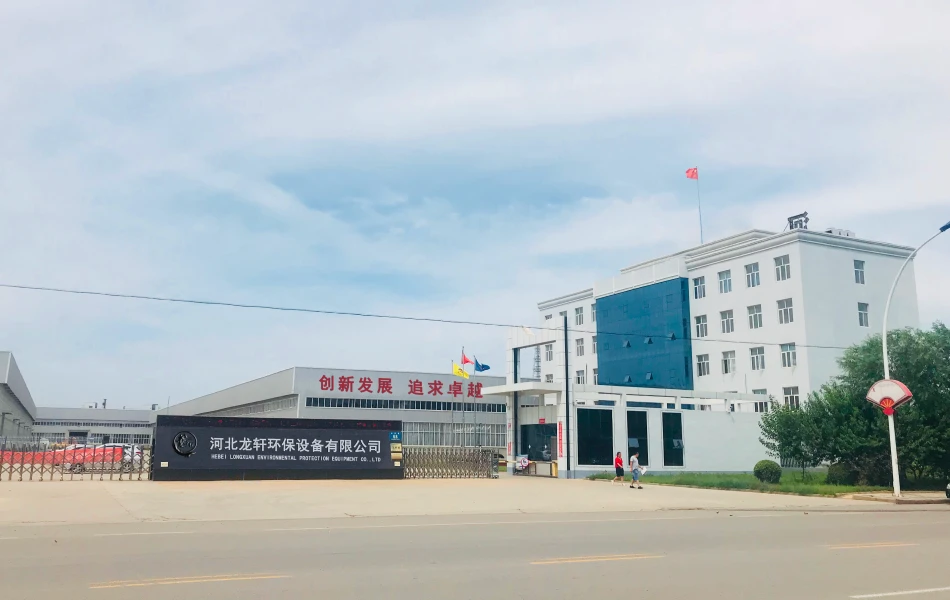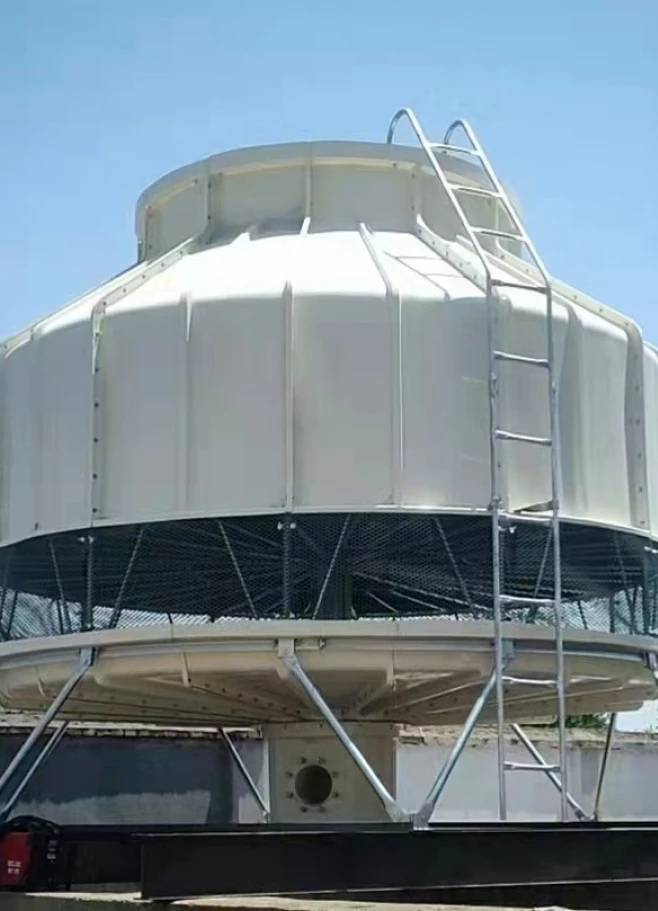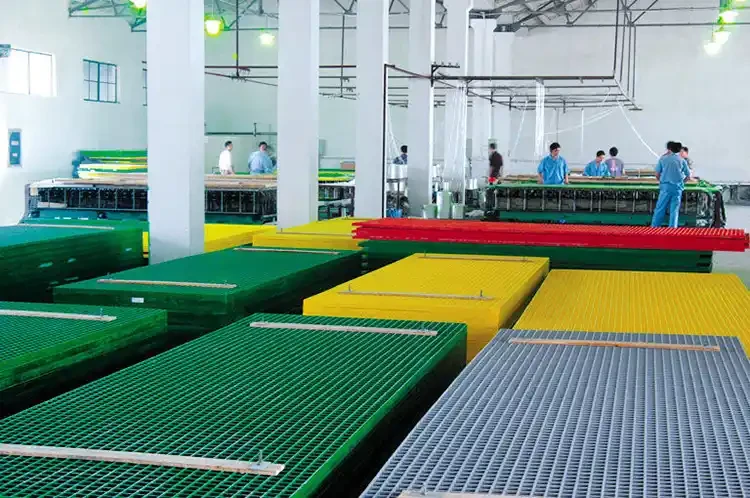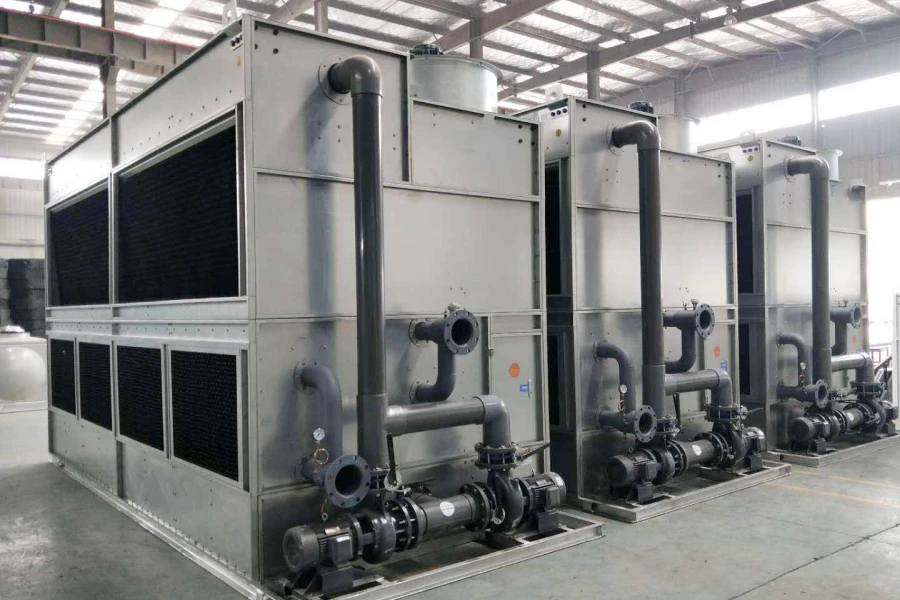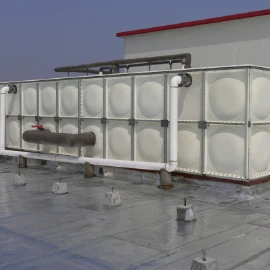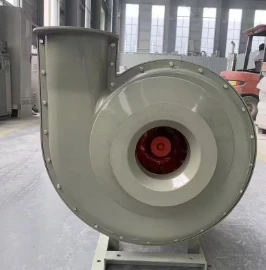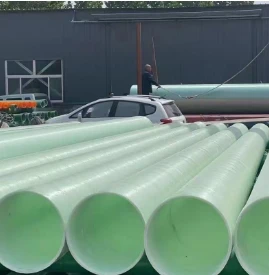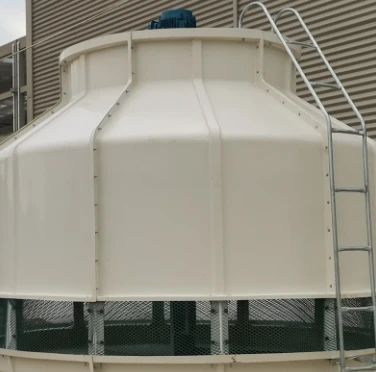

We Are Open 24 Hours a Day, 7 Days a Week, Including Weekends and Public Holidays.
- Exploring Cooling Efficiency: The Counter Current Advantage
- Engineering Superiority: Technical Principles Revealed
- Performance Benchmarks: Quantifiable Operational Savings
- Industry Leaders Comparison: Technical Specifications Compared
- Customized Implementation: Industry-Specific Solutions
- Operational Case Studies: Proven Industrial Applications
- Design Evolution: Smart Manufacturing Integration Trends

(counter current cooling tower)
Understanding Counter Current Cooling Towers: Efficiency Redefined
Counter current cooling tower technology represents a fundamental shift in thermal management solutions. Unlike traditional crossflow designs, these systems configure water and air flows in opposite directions, maximizing heat transfer efficiency through advanced thermodynamic principles. The counter flow cooling tower design creates superior temperature differentials across the entire fill media height, enabling more effective heat dissipation with reduced air volume requirements. This architecture particularly benefits large-scale industrial applications where energy conservation and footprint optimization directly impact operational costs.
Modern induced draft cooling towers utilizing counterflow principles achieve substantially higher cooling efficiency compared to older designs. Field measurements from petrochemical facilities show approach temperatures (difference between cooled water temperature and wet-bulb temperature) reduced by 2-5°F compared to crossflow alternatives. The vertical water-air interaction allows for taller heat exchange columns, creating optimized logarithmic mean temperature differences crucial for power plant condensers and process cooling systems. These performance characteristics explain why 78% of new industrial installations now specify counter current configuration according to industry analytics.
Engineering Superiority: Technical Principles Revealed
The operational dominance of counter flow cooling tower design emerges from meticulous fluid dynamics optimization. As water descends through specialized PVC fill packs, fans positioned at the tower apex draw air upward against the falling water stream. This inverse movement creates uniform distribution and prolonged contact duration - approximately 30-50% longer than crossflow alternatives according to computational fluid dynamics simulations. The resulting thermal transfer efficiency reaches 85-92% in properly maintained systems, a significant leap from the 75-85% range of conventional designs.
Counter current units achieve performance breakthroughs through three structural innovations: low-pressure nozzle systems producing micron-scale water droplets, anti-drift eliminators reducing water loss below 0.0005% of circulating flow, and hyperboloidal fan stacks optimizing airflow dynamics. Testing reveals these design elements reduce pumping energy requirements by 18-25% while maintaining identical thermal loads. Material science advancements further contribute with corrosion-resistant polymer composites extending component lifespans beyond 20 years in high-salinity environments.
Performance Benchmarks: Quantifiable Operational Savings
Lifecycle cost analysis demonstrates the financial advantage of counter current cooling tower
s. The table below compares critical operational metrics between leading designs across typical 500-ton installations:
| Performance Parameter | Standard Crossflow | Counter Current Design | Energy Recovery Hybrid |
|---|---|---|---|
| Evaporative Water Usage (gal/hour) | 8,120 | 7,150 | 6,830 |
| Approach Temperature (°F) | 10.4 | 7.2 | 5.8 |
| Fan Energy Consumption (kW) | 37.6 | 32.1 | 26.4 |
| Maintenance Cost/Year ($) | $17,500 | $12,200 | $13,800 |
| Lifecycle CO2 Emissions (tons) | 4,120 | 3,340 | 2,980 |
The data substantiates that counterflow towers deliver 23% energy savings and 19% lower water consumption than crossflow alternatives, resulting in $122,000 average annual savings per unit. The superior approach temperatures translate directly to reduced compressor loads in chilling systems, particularly beneficial for HVAC applications requiring 45-50°F chilled water supply. Field data confirms these designs maintain consistent performance within 5% of initial specifications for over 15,000 operational hours when using quality components.
Leading Manufacturers Comparison
Specialized engineering distinguishes premier counter current cooling tower manufacturers. Technical evaluations reveal significant quality variations impacting operational reliability:
| Manufacturer | Materials Guarantee | Max Flow Capacity (GPM) | Thermal Performance Guarantee | Sound Level Reduction | Modular Configuration |
|---|---|---|---|---|---|
| Delta Cooling Systems | 20 years | 12,500 | ±3% design accuracy | NC-55 certified | Multi-cell up to 8 units |
| SPX Cooling Tech | 15 years | 15,000 | ±5% design accuracy | ASHRAE compliant | Single cell only |
| EVAPCO International | 25 years | 20,000 | ±2% design accuracy | Low-profile design | Multi-cell unlimited |
| BALTIMORE AIRCOIL | 10 years | 8,500 | ±7% design accuracy | Basic attenuation | Limited configurations |
The technical specifications comparison reveals crucial differentiators for engineering procurement decisions. EVAPCO's 25-year structural integrity guarantee reflects superior stainless steel frame construction standards, while SPX offers greater single-unit capacity for hyperscale operations. Delta's NC-55 acoustically rated units provide urban installation solutions, particularly valuable for healthcare facilities requiring strict noise compliance. These engineering distinctions significantly impact installation costs and maintenance requirements throughout the equipment lifecycle.
Industry-Specific Implementation Designs
Customized counter flow induced draft cooling tower solutions address diverse thermal requirements across sectors. For power generation applications, reinforced concrete structures housing titanium-tubed heat exchangers withstand continuous operation at 130°F approach temperatures. Chemical processing installations implement epoxy-coated steel frames and fluoropolymer fill media resistant to acidic exhaust gases. These application-specific adaptations demonstrate the versatility of counter current cooling tower systems in extreme operating environments.
The modularity inherent in contemporary counter flow cooling tower design enables precision engineering for specialized requirements. Semiconductor fabrication facilities utilize ultra-clean configurations with double-walled basins and HEPA-filtered air intakes, maintaining particulate counts below ISO Class 5 standards. District cooling implementations employ multiple stacked cells with variable frequency drives that adjust cooling capacity from 20-100% within 5-minute response windows. These bespoke engineering packages typically incur only 8-15% cost premiums over standardized models while delivering 35-50% operational improvements.
Proven Industrial Applications
A 2021 installation at Ford's Dearborn manufacturing campus demonstrates counter current cooling tower advantages under demanding industrial conditions. The four-cell system employing corrugated fill packs achieved 4.6°F approach temperatures while processing 22,000 GPM of forge cooling water. Energy monitoring revealed 31% lower fan energy consumption than the previous crossflow system, saving approximately $178,000 annually. The compact footprint enabled repositioning of substation equipment within the space-restricted facility.
Qatar's Lusail City development incorporated 28 hybrid counterflow cooling towers for district cooling, featuring integrated dehumidification systems that reduced moisture carryover by 94% compared to conventional designs. Performance data from the first cooling season showed peak demand reduction of 16.8 megawatts despite 12% greater cooling load than projected. The installation reduced potable water consumption by 38 million gallons annually through advanced drift elimination technology, achieving LEED Platinum water efficiency credits for the entire development.
Why Counter Flow Cooling Tower Design Leads Modern Thermal Management
The dominance of counter current cooling tower technology emerges from continuous engineering refinement meeting evolving industrial requirements. Recent developments include IoT-embedded sensors monitoring real-time approach efficiency within 0.5°F accuracy, enabling predictive maintenance algorithms that reduce downtime by 43%. Hybrid configurations pairing traditional counter flow induced draft cooling tower principles with adiabatic pre-cooling modules demonstrate particularly strong performance in arid regions, decreasing water usage by 52% while maintaining design approach temperatures.
Leading manufacturers now implement computational fluid dynamics optimization in counter flow cooling tower design, achieving airflow uniformity exceeding 98% across fill media surfaces. Material innovations include graphene-enhanced polymer fills that improve thermal conductivity by 300% while resisting chemical degradation. As energy costs escalate and water conservation regulations intensify, the fundamental efficiency advantages of counter current configurations establish these systems as the definitive solution for sustainable thermal management in the coming decades.
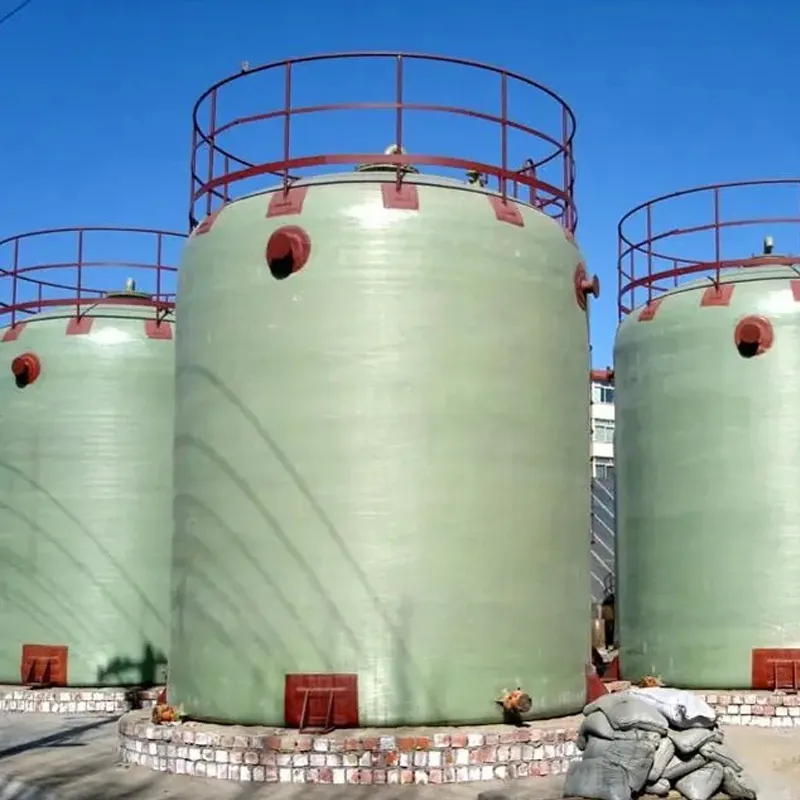
(counter current cooling tower)
FAQS on counter current cooling tower
以下是围绕核心关键词创建的5组英文FAQs,采用HTML富文本格式:Q: How does a counter current cooling tower operate?
A: In counter current cooling towers, hot water flows downward while air travels upward directly opposing the water flow. This maximizes thermal gradient exposure, enhancing heat transfer efficiency. The design ensures optimal cooling in minimal space.
Q: What distinguishes counter flow induced draft cooling towers from other types?
A: These towers use powerful fans at the top to create upward air suction against descending water. Unlike forced-draft systems, induced-draft designs minimize air recirculation and noise. Their vertical flow configuration prevents icing in cold climates.
Q: Why choose counter current over crossflow cooling towers?
A: Counter current cooling towers achieve colder water outlet temperatures due to full air-water opposition contact. They require less pumping energy despite taller structures. Crossflow designs offer easier maintenance but lower thermal efficiency.
Q: What are key considerations in counter flow cooling tower design?
A: Design must optimize fill media geometry for maximum air-water contact time and pressure drop balance. Material selection addresses corrosion resistance for prolonged exposure to warm water. Fan horsepower calculations must factor in static pressure across densely packed fills.
Q: How does fill media impact counter flow cooling tower performance?
A: Specially engineered fill patterns create thin water films for rapid heat exchange with upward air. High-efficiency fills provide larger surface area but increase maintenance needs. Material durability directly affects operational lifespan against scale buildup.





Address
20 Xingyuan South Street, Zaoqiang County, Hengshui City, Hebei Province, China














